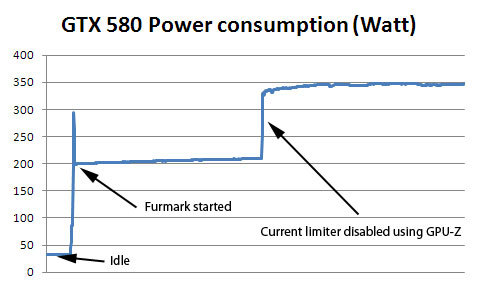The temps you show are far from "equal"... 97°C and throttling vs 90°C.
BTW, Expreview isn't what I'd call a reference.
read, did you?
When cooler of GTX 480 was installed in GTX 580,GPU temperature reached critical temperature of 97℃ and it entered into temperature protection state.


